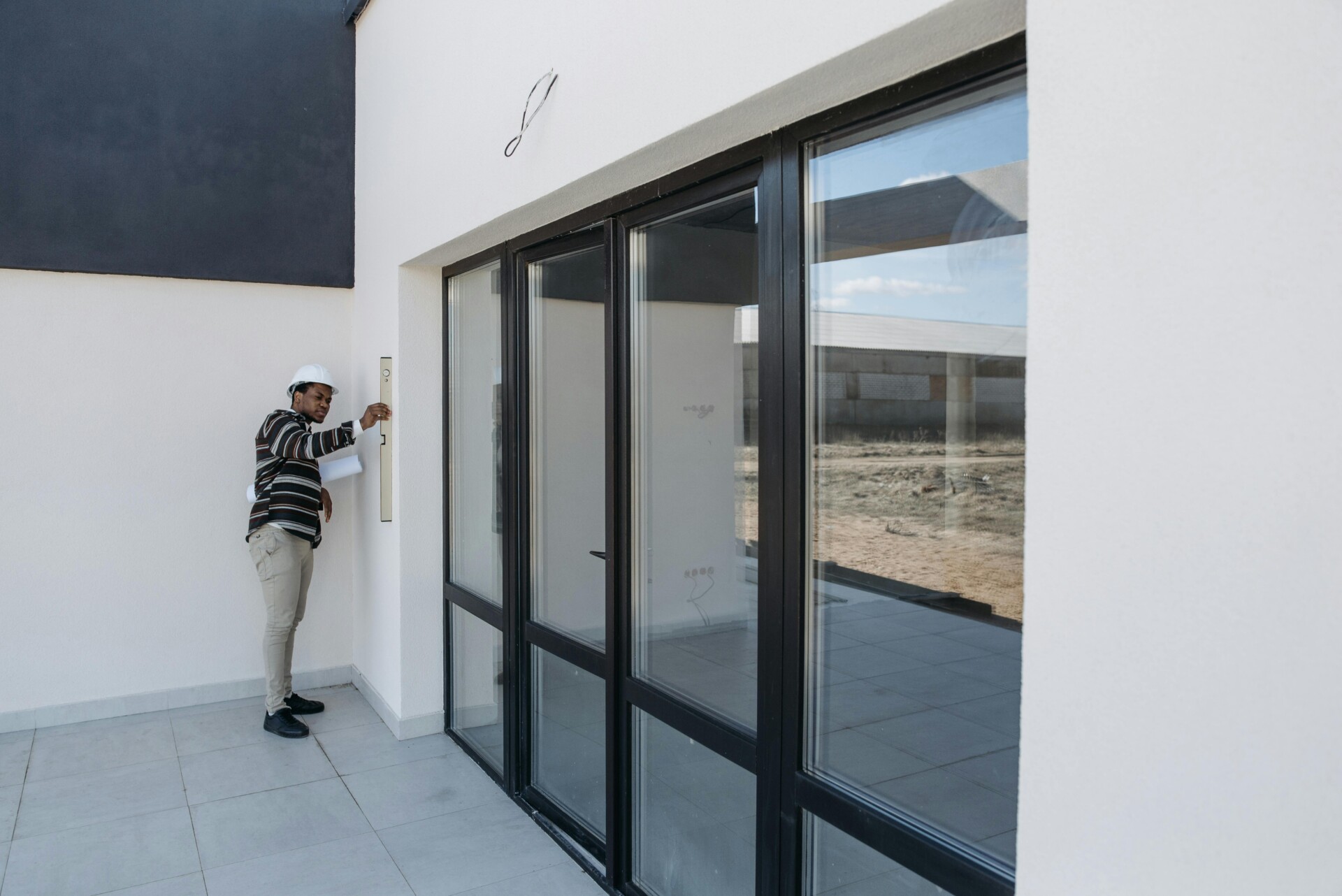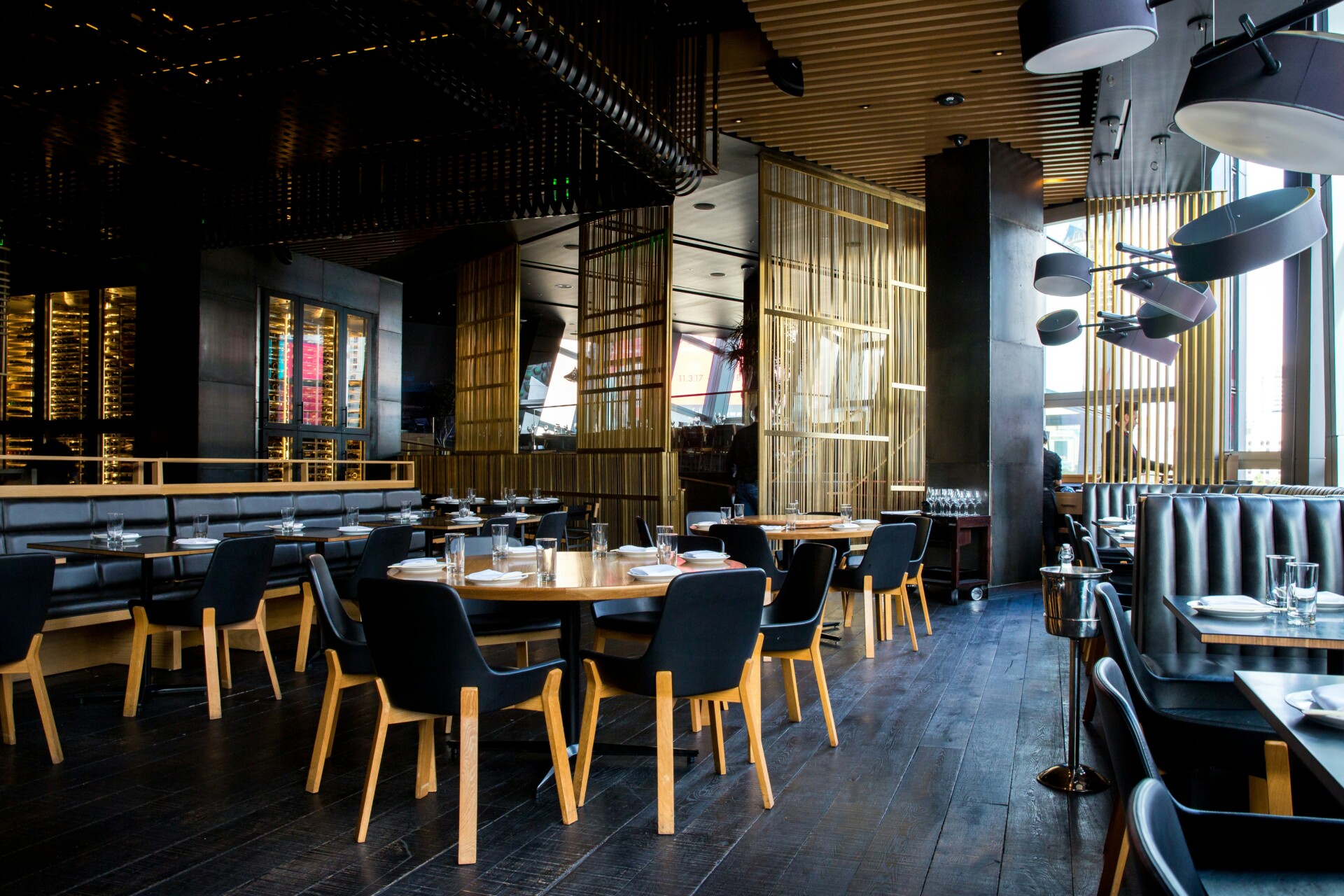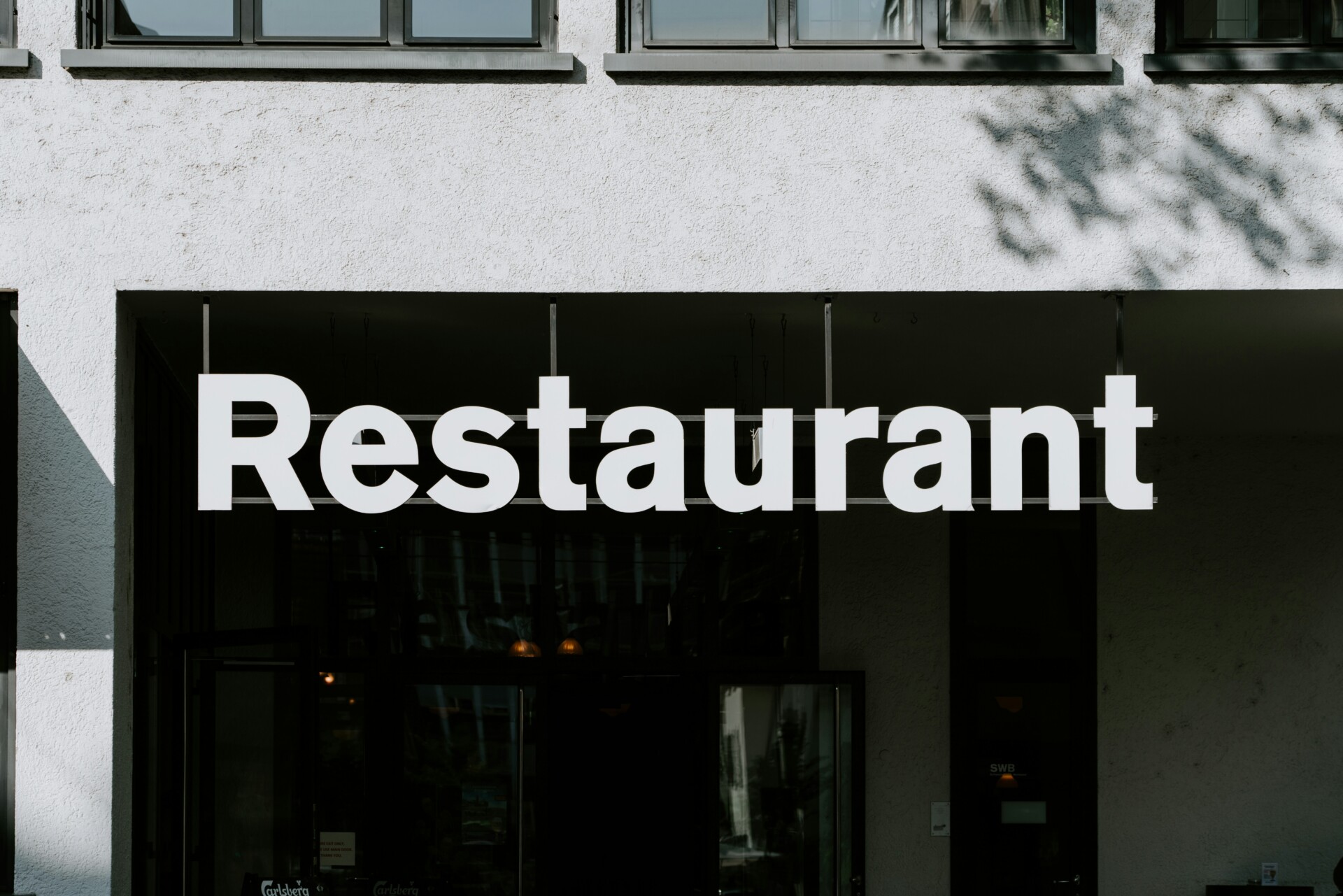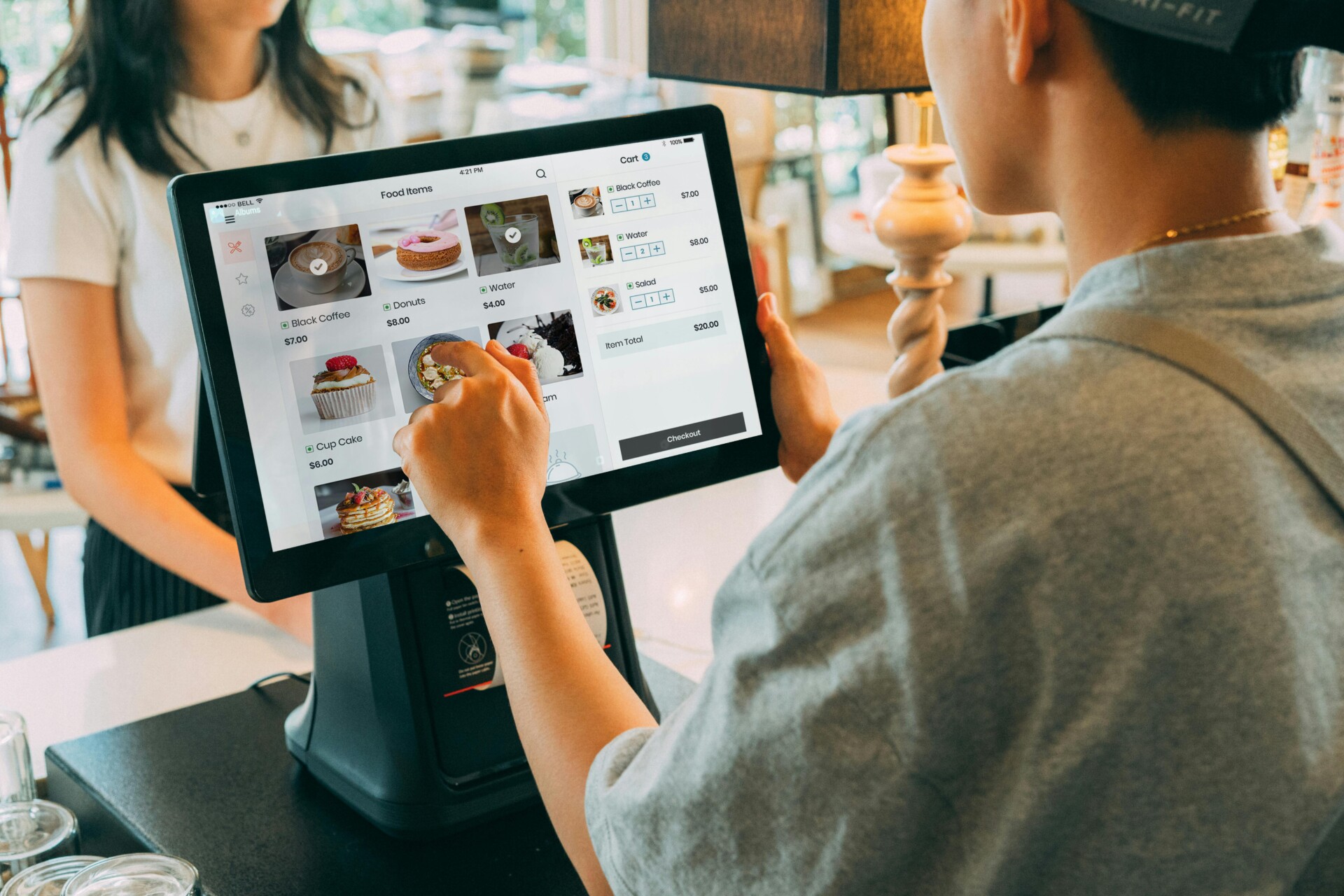As general contractors serving developers and property owners, we understand that passing the final health department inspection is a critical milestone for any new restaurant project. This unannounced evaluation assesses compliance with food safety regulations, cleanliness standards, and hygiene practices—all essential for obtaining the permit to legally open your doors to the public. We’ve guided many clients through this process and understand what inspectors are looking for.
During a final inspection, health officials conduct a meticulous examination of the entire facility. They scrutinize food storage methods, preparation areas, employee practices, and overall maintenance. Every aspect of the operation comes under review, from walk-in cooler temperatures to handwashing sink placement. With proper planning and execution in the construction phase, we set the stage for our clients to excel in this crucial evaluation.
While the prospect of an unannounced inspection may seem daunting, thorough preparation is key. As your general contractor, we work closely with you to ensure the physical space and systems are designed and built to meet or exceed health code requirements from day one. Our goal is to create an environment where food safety is effortless, ensuring success in the inspection and a strong start to your restaurant operations.
What Do Health Inspectors Look for During a Final Inspection?

Health inspectors take a comprehensive approach when evaluating food safety practices during final inspections. Their goal is to ensure restaurants follow proper protocols to protect public health. Let’s examine the key areas inspectors focus on:
Food Temperature Control
Maintaining safe food temperatures is critical for preventing bacterial growth. Inspectors check that cold foods are held at 41°F or below and hot foods are kept at 135°F or above. They use calibrated thermometers to verify temperatures in refrigerators, freezers, hot holding units, and food prep areas. Expect them to review your temperature logs as well.
Food Handling and Storage Practices
Proper food handling is essential for avoiding cross-contamination. Inspectors look for appropriate separation of raw and ready-to-eat foods, both in storage and during preparation. They evaluate how staff members handle food, checking that gloves or utensils are used correctly. Food storage areas are inspected to ensure items are labeled, dated, and stored at least 6 inches off the floor.
Kitchen Cleanliness and Sanitization
A clean kitchen is vital for food safety. Health inspectors thoroughly examine food contact surfaces, equipment, and utensils to verify they are properly cleaned and sanitized. They check that your dishwashing procedures meet requirements for temperature or chemical sanitization. Inspectors also look at overall cleanliness, including floors, walls, and ceilings.
Employee Hygiene
Staff hygiene directly impacts food safety. Inspectors observe employees to ensure they follow proper handwashing procedures, wear clean uniforms, and use hair restraints. They check that handwashing sinks are properly stocked and easily accessible. Employee health policies are reviewed to verify ill workers are excluded from food handling duties.
Pest Control
Evidence of pests is a serious violation. Inspectors look for signs of rodents, cockroaches, or other pests. They check that your pest control program is effective and that any pesticide use is properly documented. Food storage areas are scrutinized to ensure they are pest-proof.
Facility Maintenance
The physical condition of your restaurant impacts its ability to operate safely. Inspectors examine plumbing systems, waste disposal, ventilation, and lighting. They ensure all equipment is in good working order and that the overall structure is sound and sanitary.
Documentation and Certifications
Your paperwork matters too. Health inspectors review your food safety plan, employee training records, and any required certifications like food handler cards or manager certifications. They also check your logs for temperature monitoring, cleaning schedules, and any corrective actions taken.
By understanding what health inspectors look for, we can better prepare our facilities and staff to meet and exceed food safety standards. Regular self-inspections using similar criteria can help ensure you are always ready for an official visit. Remember, the goal is not just to pass an inspection but to consistently maintain a safe environment for food preparation and service.
How Should You Prepare for Your Final Health Inspection?
Thorough preparation is essential for passing your final health inspection. As general contractors, we approach these inspections with the same diligence and attention to detail that we apply to every aspect of construction management. Here are the key steps we recommend for full preparedness:
Implement a HACCP Plan
Develop and implement a Hazard Analysis and Critical Control Points (HACCP) plan to systematically identify and mitigate food safety hazards throughout your operation. This proactive approach demonstrates to inspectors that you have a comprehensive food safety system in place.
Review Local Health Codes
We always advise our clients to thoroughly familiarize themselves with local health codes and regulations. Understanding these specific requirements is crucial for compliance. Be sure to check for any recent updates or changes that may affect your operation.
Conduct Regular Self-Inspections
Perform regular self-inspections using a comprehensive checklist that covers all key areas inspectors will evaluate. This allows you to identify and address any potential issues before the official inspection. We recommend conducting these self-inspections at least monthly, if not more frequently.
Train Staff Thoroughly
Provide thorough training to all staff members on proper food handling, hygiene practices, and what to expect during a health inspection. Well-trained employees are essential for maintaining food safety standards daily and during inspections.
Verify Certifications
Ensure all employees have up-to-date food handler permits and any other required certifications. Keep copies of these documents easily accessible for the inspector to review.
Maintain Accurate Documentation
Keep meticulous records of cleaning schedules, temperature logs, and employee training. Proper documentation demonstrates your ongoing commitment to food safety and helps inspectors verify compliance quickly. We recommend implementing a digital record-keeping system for easy organization and retrieval.
Address Maintenance Issues Promptly
Don’t let minor maintenance problems become major inspection issues. Address any equipment malfunctions, plumbing leaks, or structural concerns promptly. Our team can help assess your facility and make any necessary repairs or upgrades before the inspection.
Organize for Efficiency
Ensure your kitchen and storage areas are well-organized, with clear labeling and proper food storage practices in place. An orderly operation not only impresses inspectors but also promotes better food safety practices among staff.
By following these preparation steps, you’ll be well-positioned to pass your final health inspection successfully. Remember, the goal isn’t just to pass the inspection but to maintain a consistently safe and hygienic environment for your staff and customers. Our experienced team can provide guidance and support throughout the preparation process to ensure your facility meets or exceeds all health and safety standards.
What Are the Most Common Health Code Violations to Avoid?
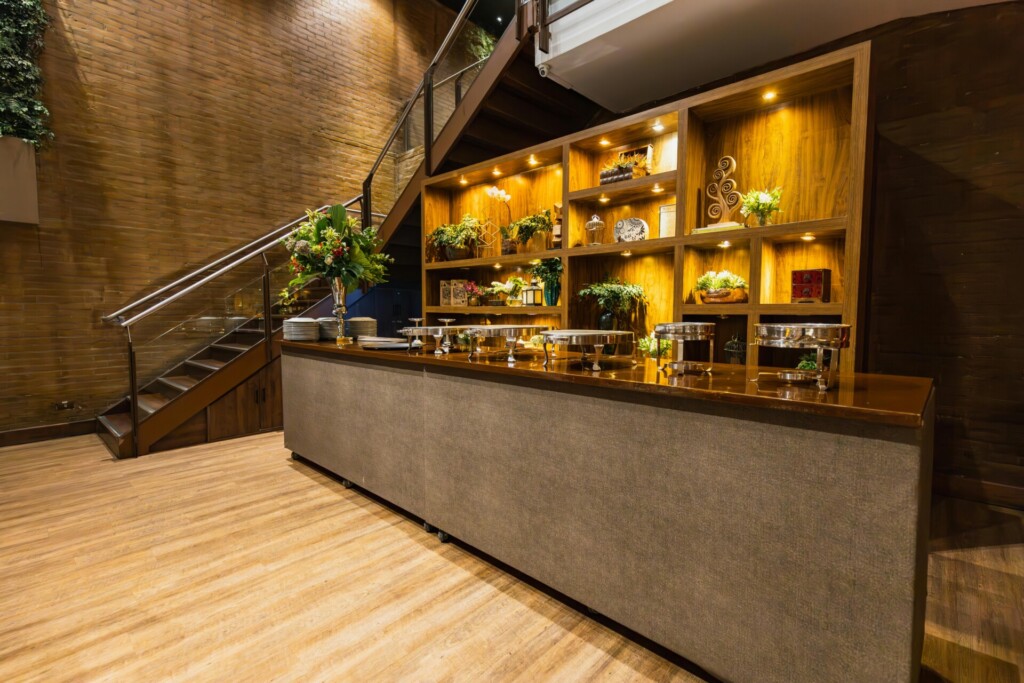
As a general contractor, we prioritize food safety during the construction or renovation of restaurant spaces. Although we do not directly handle food preparation, we partner closely with our clients to design kitchens and dining areas that support compliance with health codes. Based on our experience, here are some common violations to be mindful of:
Temperature Control Issues
Maintaining proper temperature control is essential for food safety. We recommend installing high-quality refrigeration units and hot-holding equipment to achieve safe temperatures. During construction, we ensure there is sufficient electrical capacity and ventilation to support this equipment. Once the restaurant is operational, regular temperature monitoring and logging are crucial.
Cross-Contamination Risks
The layout of food storage and prep areas plays a key role in preventing cross-contamination. We design kitchens with clearly defined zones for raw and ready-to-eat foods. Proper shelving, with ready-to-eat items stored above raw foods, is vital. Moreover, we install floor drains and ensure all surfaces are at least six inches off the floor to facilitate cleaning.
Improper Sanitization
Effective sanitization involves both correct procedures and sufficient facilities. We install commercial-grade three-compartment sinks and dishwashing equipment to ensure thorough cleaning and sanitizing of all food contact surfaces. Our designs also incorporate appropriate chemical storage areas, located away from food preparation zones.
Pest Control Challenges
Pest prevention begins with the right facility design and maintenance. We use pest-resistant materials and focus on sealing potential entry points during construction. Proper waste management areas and drainage systems further help deter pests. Once operational, regular inspections and maintenance are essential.
Employee Hygiene Issues
Facilitating good employee hygiene practices is crucial. We install conveniently located handwashing sinks with hot water, soap, and paper towels. Adequate staff changing areas and storage for personal items assist in keeping uniforms clean. Hair restraint policies should be enforced in food prep areas.
By tackling these common violation areas during the design and construction phases, we help position our restaurant clients for success in health inspections. However, ongoing staff training and rigorous operational procedures are required to maintain compliance over time.
| Violation Category | Explanation | Prevention Strategy |
| Cross-Contamination | Transfer of harmful bacteria between foods and surfaces. | Use separate utensils, store raw and ready-to-eat foods separately, train staff on food safety protocols. |
| Improper Food Storage | Incorrect storage can lead to spoilage or contamination. | Label and date foods, store correctly, inspect cold storage nightly. |
| Time and Temperature Control | Inadequate control can lead to bacterial growth. | Keep hot foods at or above 135°F and cold foods at or below 41°F, use calibrated thermometers and record temperatures regularly. |
| Improper Sanitization | Lack of proper sanitizing leads to bacteria growth. | Follow cleaning protocols using approved sanitizers, ensure proper contact time, air dry surfaces. |
| Poor Personal Hygiene | Unhygienic practices by staff can contaminate food. | Ensure regular handwashing, wear clean clothing, and adhere to personal hygiene protocols. |
While we build the physical infrastructure to support food safety, restaurant operators must remain vigilant in their daily practices. Conducting regular self-inspections using health department checklists can help identify potential issues before they become violations. With careful planning and consistent execution, maintaining a clean and compliant restaurant environment is achievable.
What Happens After the Inspection is Complete?
Once the health inspector completes their evaluation of your restaurant, they provide you with a detailed report outlining their findings. This critical document acts as both a snapshot of your current food safety practices and a plan for improvement. Here’s what you can expect after the clipboard comes down:
Scoring and Grading
In most jurisdictions, your establishment will receive either a letter grade (A, B, C) or a numerical score based on the inspection results. This grade or score is more than a formality — it is a public testament to your commitment to food safety. Many localities require these grades to be prominently displayed, often in your front window, where potential diners can easily see them.
The exact scoring system varies by location, but generally, points are deducted for each violation found. More serious infractions, referred to as critical violations, carry heavier point penalties. These might include issues like improper food storage temperatures or evidence of pest activity. Less severe violations, while still important to address, typically result in smaller deductions.
Addressing Violations
Your inspection report will detail any violations observed. Some minor issues may be simple enough to correct on the spot — things like replacing a missing thermometer or properly labeling a food container. For these quick fixes, the inspector may note the correction and not include them in your final score.
More significant violations, especially those posing immediate health risks, will require prompt attention. In some cases, you may need to temporarily halt certain operations until the issue is resolved. For example, if your walk-in cooler isn’t maintaining safe temperatures, you might need to discard potentially unsafe food and have the unit repaired before resuming full service.
Follow-Up Inspections
Depending on the severity and number of violations found, a follow-up inspection may be scheduled. This allows you time to address the issues identified and demonstrate your commitment to maintaining a safe food environment. The timeline for these reinspections can vary — it might be within a few days for critical violations or several weeks for less urgent matters.
Impact on Future Inspections
Your inspection score doesn’t just affect your current operations; it can influence how frequently you’ll be inspected in the future. Restaurants consistently achieving high grades (like an ‘A’ or equivalent score) may enjoy longer periods between routine inspections. Conversely, establishments with lower scores or a history of violations may find themselves subject to more frequent monitoring to ensure ongoing compliance.
Learning and Improving
While the prospect of health inspections can be stressful, it’s crucial to view them as opportunities for growth rather than punitive measures. Use your inspection report as a valuable tool to enhance your food safety practices:
- Review the findings in detail with your entire staff, not just management
- Develop an action plan to address any violations, prioritizing the most critical issues
- Consider additional training for your team on areas where knowledge gaps were identified
- Implement more rigorous self-inspection protocols to catch potential issues before they become violations
Remember, health inspectors are ultimately on your side. Their goal is to ensure safe food handling practices that protect both your customers and your business. By maintaining open communication and demonstrating a proactive approach to food safety, you can build a positive relationship with your local health department and foster a culture of excellence in your kitchen.
At EB3 Construction, we understand the importance of designing kitchen spaces that not only look great but also facilitate impeccable food safety practices. Our team can help you create a layout that streamlines workflows, incorporates proper storage solutions, and makes maintaining cleanliness a breeze. Whether you’re renovating an existing space or building a new restaurant from the ground up, we’re here to ensure your kitchen is inspection-ready from day one.
Conclusion: Building a Culture of Food Safety Beyond the Inspection

Passing your final health department inspection is just the beginning of our food safety journey. Rather than seeing inspections as obstacles, we use them as opportunities to establish and reinforce a culture of food safety. By implementing regular self-inspections, maintaining thorough documentation, and providing ongoing staff training, we not only navigate official inspections effectively but also protect our customers and reputation.
At EB3 Construction, we recognize that food safety goes beyond compliance—it’s about building trust with customers and ensuring the long-term success of the restaurants we build. Our approach exceeds minimum standards. We collaborate closely with restaurant owners and operators to design kitchens and workflows that make food safety practices intuitive and easy to follow. This may include strategically placed handwashing stations, distinct zones for separating raw and cooked foods, or digital systems for temperature monitoring and documentation.
By integrating food safety considerations from the outset, we create environments where best practices become second nature. This proactive approach not only aids in passing inspections but also fosters a culture where food safety is valued at every operational level. The result is a restaurant that not only meets regulatory requirements but exceeds customer expectations for cleanliness and quality.
Remember, building a strong food safety culture requires ongoing commitment. We encourage our clients to conduct regular self-assessments, engage staff in continuous learning, and stay informed about emerging food safety challenges and solutions. By making food safety a core value rather than just a checkbox, restaurants can build lasting trust and loyalty with their customers.
To learn more about how EB3 Construction can help you create a restaurant environment that prioritizes food safety, contact our team for a consultation.

